The rise of London's St John's Wood: From rural backwater to music mecca
Carla Passino traces the history of the north London suburb and looks at the people that put it on the map.


Abbey Road is quiet in late November, the world’s most famous zebra crossing almost lost in the grey drizzle of the autumn morning, from which only red-brick buildings emerge unscathed. It makes it a little easier to ima-gine what St John’s Wood was like when it was still a rural backwater, before the elegant houses with their pretty gardens, before cricket and before The Beatles.
Unlike other parts of London, whose monikers are often misnomers, St John’s Wood did start life as a wood belonging to the Knights of St John. It was still rural and secluded in the Elizabethan era when, according to Alexander Wood’s Ecclesiastical Antiquities of London and its Suburbs, five Babington Plot conspirators, including Anthony Babington, fled here to avoid arrest (they were eventually captured on their way to Harrow and sentenced to be hanged, drawn and quartered).
By then, St John’s Wood was Crown property, but Oliver Cromwell sold it in 1649 and, after a succession of owners, it came into the hands of the Eyre family, who would develop it into London’s first garden suburb in the early 19th century.
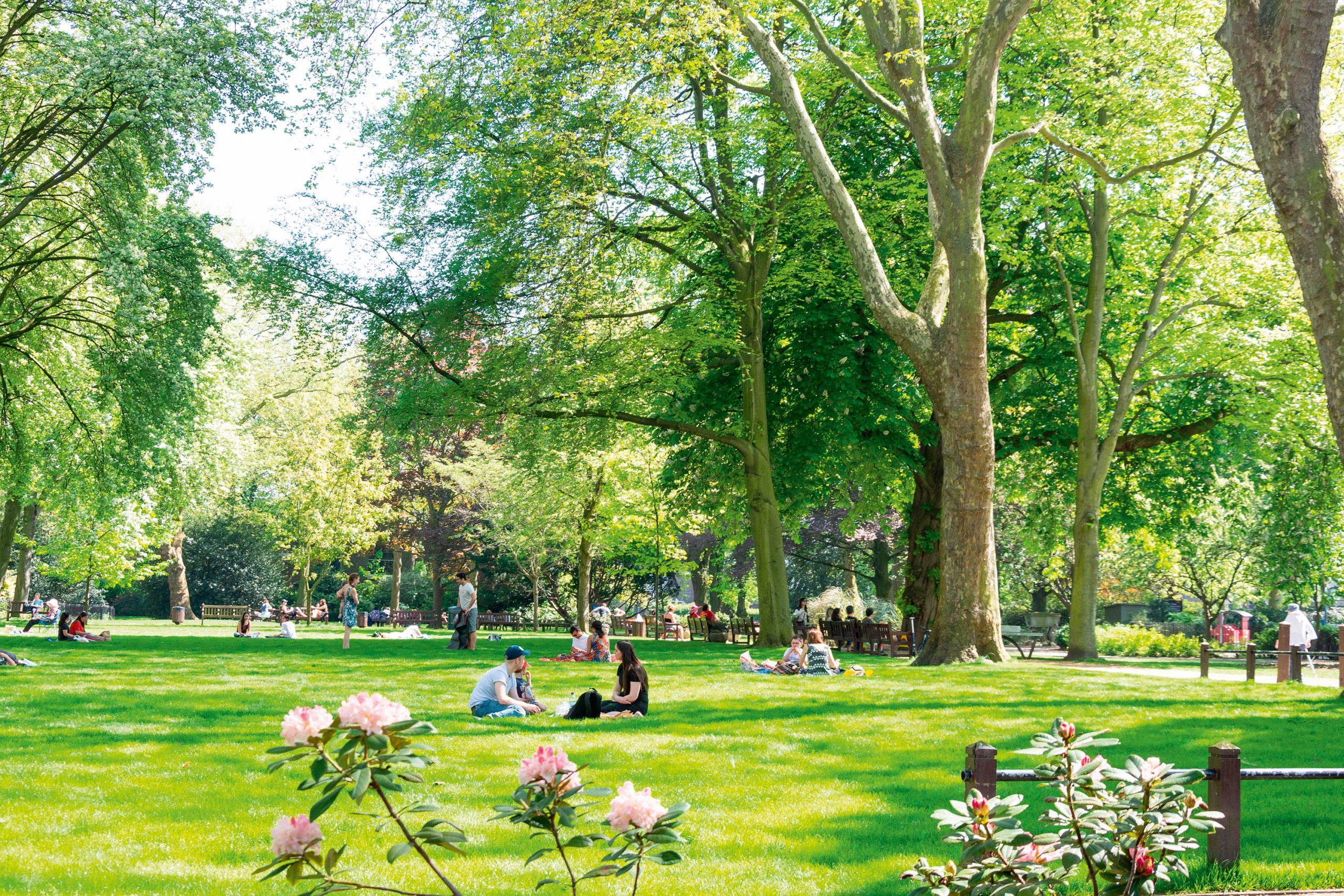
At about the time building began in earnest, the Eyres also leased some land to cricketer Thomas Lord, who had been looking for a new home for his Marylebone Cricket Club. After a brief spell at an unpopular site, ‘the Eyre estate gave him a new location right in the heart of St John’s Wood,’ says Neil Robinson of the MCC. ‘It was very successful and we have been there for 207 years.’
The first match was played in St John’s Wood Road on June 22, 1814. Since then, Lord’s has seen many great moments, including the opening of the great Thomas Verity pavilion in 1890, the day in which Florence Darnley, wife of England captain Ivo Bligh, 8th Earl Darnley, presented to the MCC the urn symbolising the ‘Ashes’, and, more recently, the great matches that changed the sport’s history: the first men’s World Cup final in 1975, won by the West Indies; the 1983 final, won by India, which ignited the passion for limited overs in the country; and the 2017 women’s World Cup final, in which England beat India (the feat is celebrated in an exhibition on women’s cricket currently held at the Lord’s Museum).
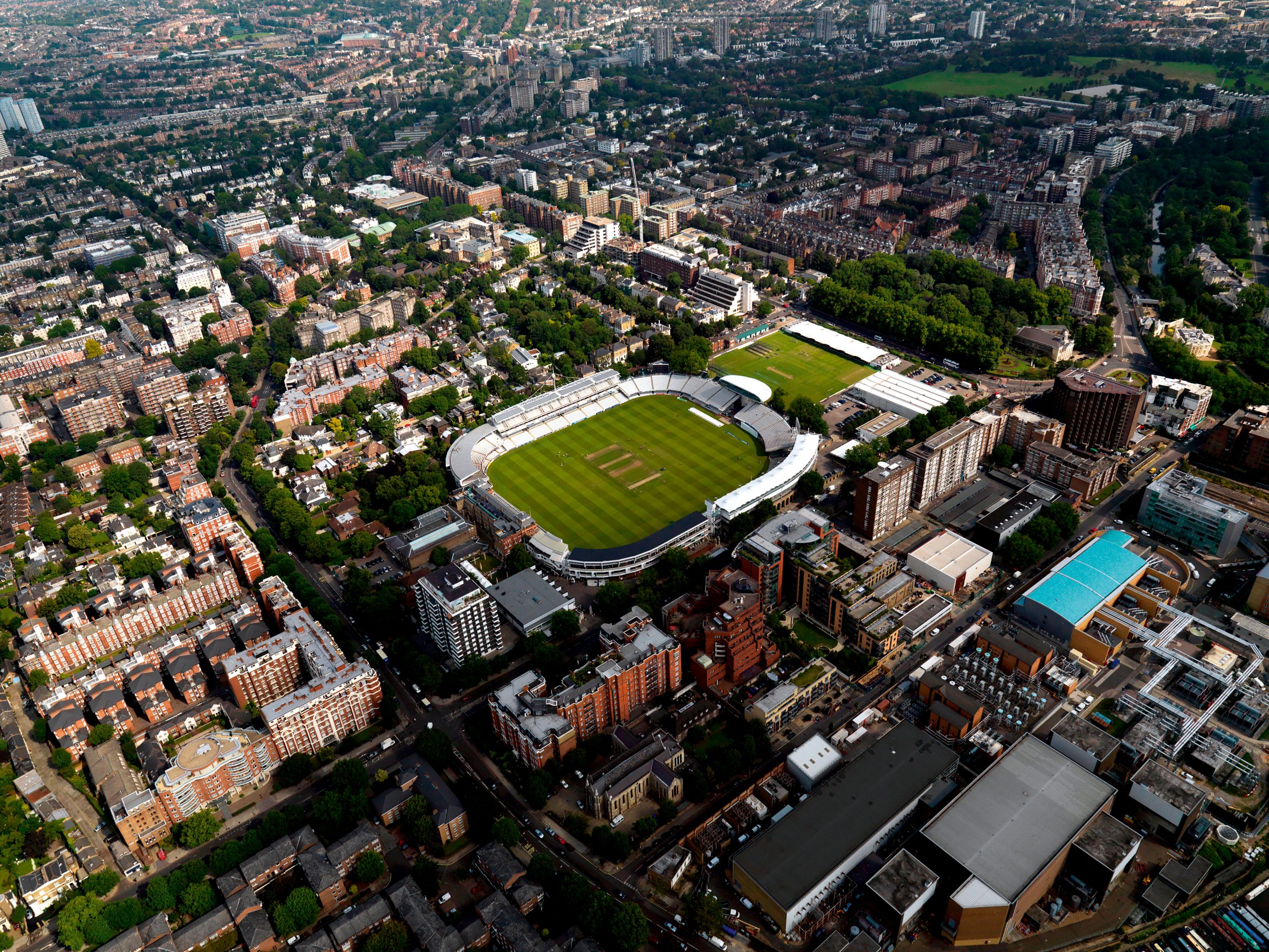
‘That final was probably one of the greatest games of one-day cricket that has ever taken place at Lord’s,’ notes Mr Robinson. The men joined the women with victory in the 2019 World Cup at the iconic ground.
All this, however, was very nearly scuppered twice in the 19th century — first in 1823, when Lord considered developing housing on the cricket ground until MCC member, MP and Bank of England director William Ward bought the lease from him; then, in 1866, when the club bought the ground’s freehold from a speculator, after another member, William Nicholson, lent it the money at a preferential rate.
Exquisite houses, the beauty of Nature, and how to get the most from your life, straight to your inbox.
Their generosity secured the future of Lord’s, which is now looking forward to opening a gate in honour of the late England captain Rachael Heyhoe Flint later this year and hosting an Ashes Test in 2023.
Cricket, however, was not the only draw that brought gentlemen to St John’s Wood. Conveniently close to London, but far away and leafy enough to be private, this was the ideal place to keep a mistress. One such was Harriet Howard, who turned from daughter of a humble bootmaker into an emperor’s paramour.
She met the then Louis Napoleon at a party in 1846, went on to share with him a house in Circus Road and helped fund his campaign to rule France. Although, once emperor, Napoleon III cast her aside to marry Eugénie de Montijo, he didn’t forget the debt he owed her and made her Countess of Beauregard.
Perhaps it’s because of these ‘heroines of passions and victims of propriety’, as Alan Montgomery Eyre calls them in his 1913 book, Saint John’s Wood, that the area evolved into an open-minded community that also proved very attractive to artists and writers. Between 1825 and 1873, Sir Edwin Landseer created most of his masterpieces, including the designs for the Nelson statue lions, at a house in St John’s Wood Road.
Later in the century, a group of painters that included Philip Hermogenes Calderon, Frederick Goodall, George Adolphus Storey, Henry Stacy Marks and William Yeames formed the St John’s Wood clique and breathed fresh life into historical genre paintings, as portraitist James Jacques Tissot scandalised polite society (for his relationship with a divorced woman, Kathleen Newton) and French critics (for his lavish lifestyle, complete with Champagne on ice permanently in stock in his waiting room) from his villa in Grove End Road.
On both accounts, St John’s Wood proved the perfect retreat for him, as it was for George Eliot, who shared her house at 21, North Bank with George Henry Lewes, to whom she was not married.
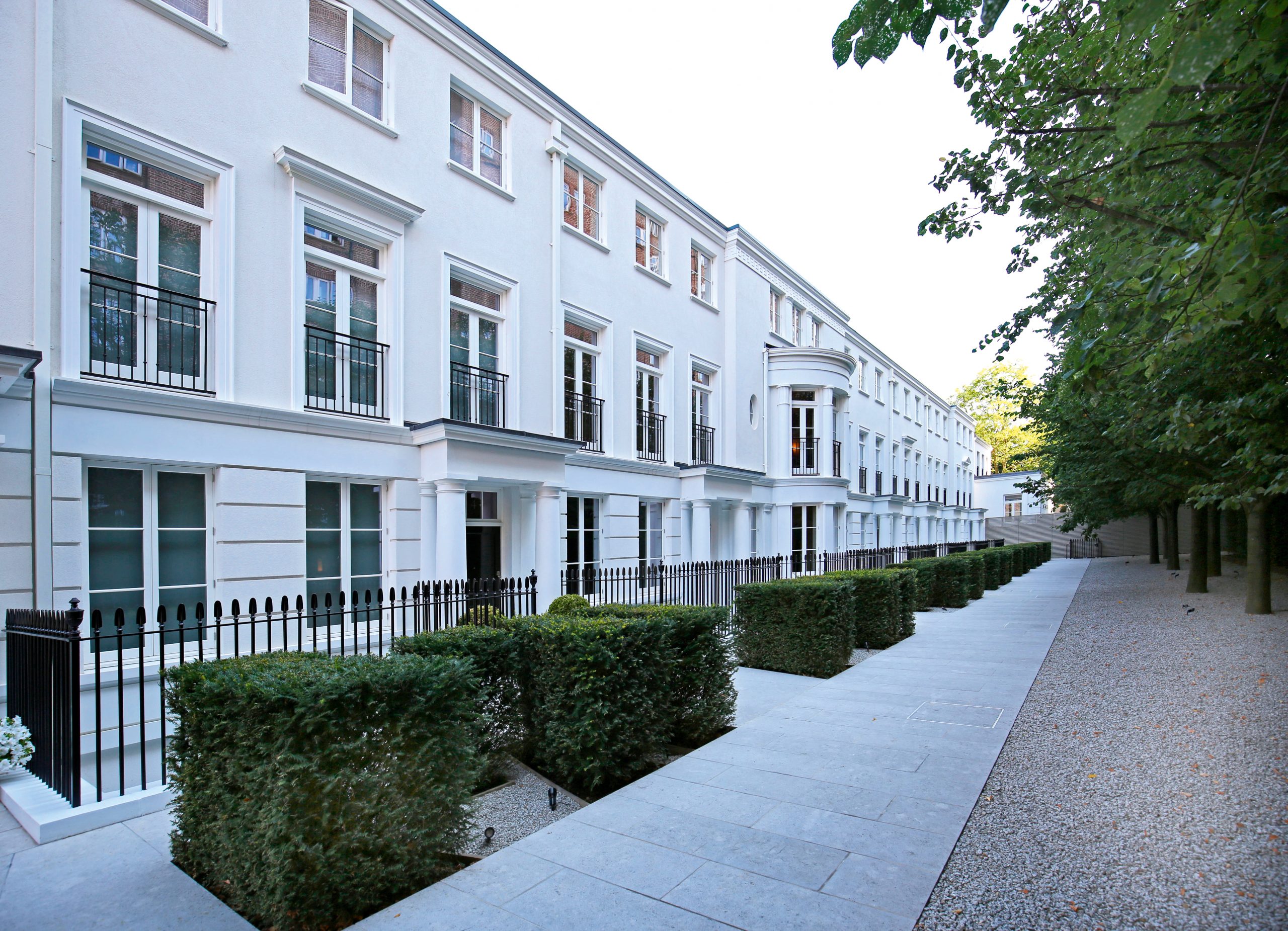
In their footsteps followed many other art and literary greats, including Katherine Mansfield, Barbara Hepworth and Stephen Spender. However, it was music that eventually became most closely associated with the area.
In 1929, the Gramophone Company bought 3, Abbey Road ‘for the well-sized house, large gardens and ideal location, close enough to the performance spaces of the time, but away from the noise and vibrations of the traffic and trains,’ says the Abbey Road Studios managing director, Isabel Garvey. ‘Abbey Road was the first purpose-built recording studio in the world.’
Since then, anyone who was and is anyone in music has crossed its threshold: ‘From Pink Floyd, Shirley Bassey and Fela Kuti to Oasis, Adele, Amy Winehouse, Kanye West, Ed Sheeran and Frank Ocean, the indescribable magic of Abbey Road is that there is music created within its walls that resonates with and inspires each generation of music maker.’
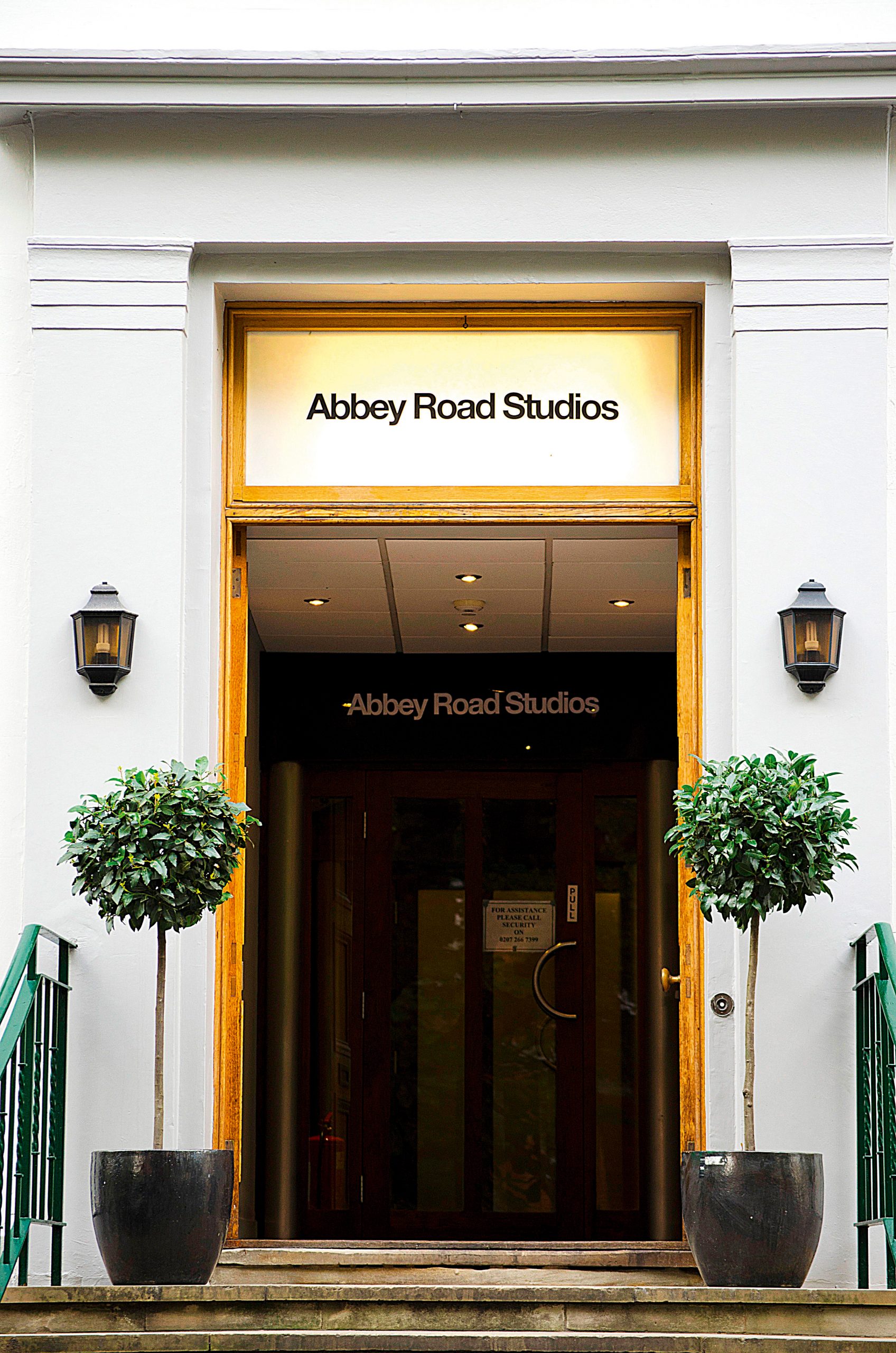
And, of course, The Beatles recorded 190 of their 210 career tracks there. It was fitting that what turned out to be their last album together would carry the name of the place that had been their spiritual home. The cover image of the group crossing Abbey Road in August 1969 has become one of the most widely imitated in the world and at the time even sparked a zany theory that Paul McCartney had died, because, among other things, he was pictured walking barefoot (more prosaically, it seems he had removed his shoes because the weather was hot).
The Beatles gave the Studios its ultimate name (it had previously been called EMI Studios), turned the humble zebra crossing into a Grade II-listed landmark with its own webcam — and etched St John’s Wood in the collective imagination.
Property for sale in St John's Wood
Hamilton Terrace, £9.95 million

Set close to the tube station and the American School of London, this 5,070sq ft house is an ideal family home. The elegant interior, arranged across four floors, includes six bedrooms and four reception rooms, some with striking feature fireplaces. But the real winner is the 139ft rear garden, with its established plants, terrace for alfresco dining and a sculpture by artist Mariele Neudecker.
For sale through Sotheby's International Realty — see more pictures and details

Situated on the fourth floor of an apartment block close to Regent’s Park, this elegant, 1,948sq ft property is well suited for entertaining: it has a large reception room with an imposing fireplace and a separate formal dining room, plus a kitchen that’s big enough to dine in. There also are three bedrooms, including an especially spacious master suite with built-in cupboards.
For sale through Dexters — see more pictures and details
Hamilton Terrace, £17.5 million
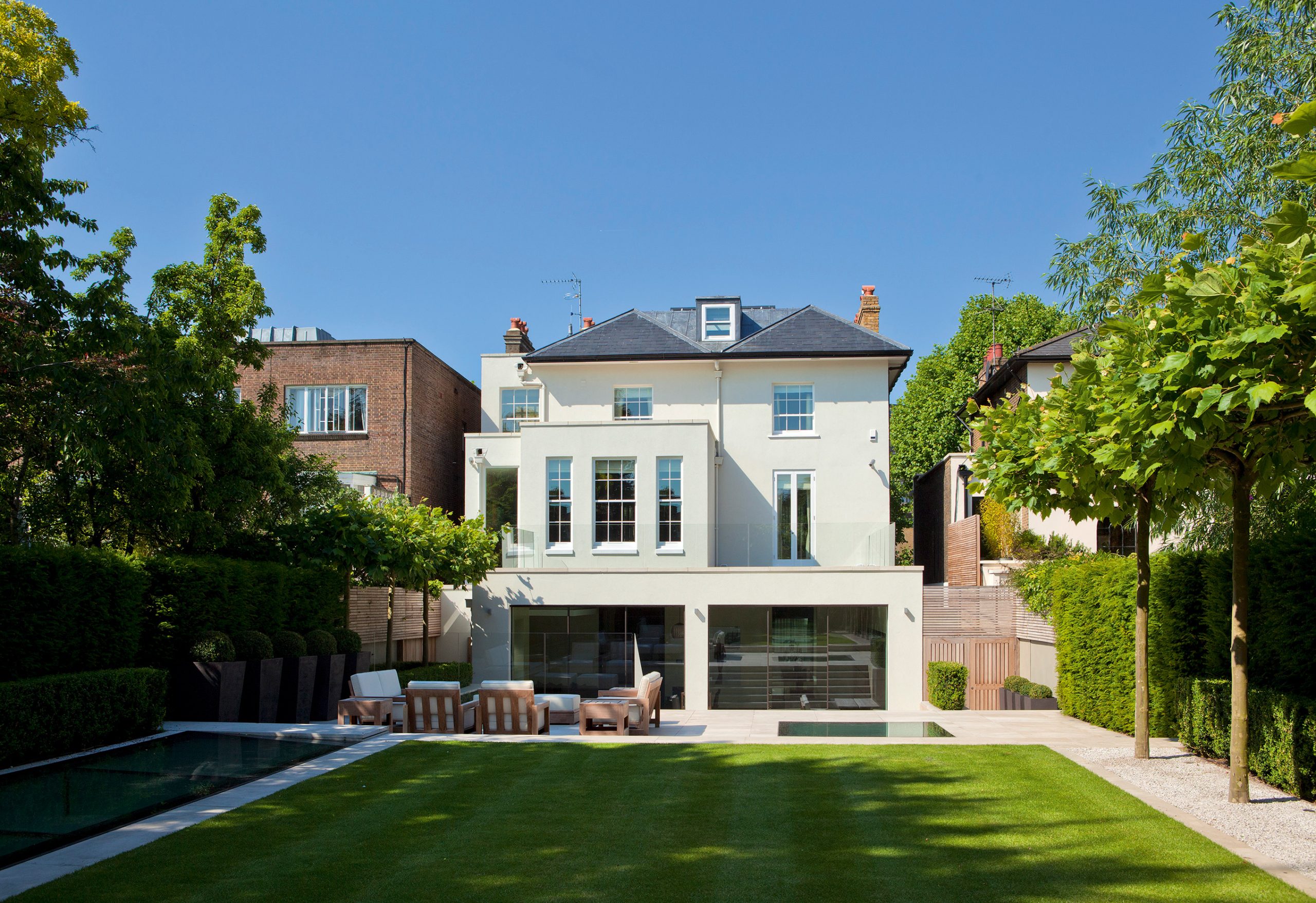
Originally built in about 1850, this vast house has been entirely renovated to fit the most exacting of buyers. Its 12,453sq ft interior, which is arranged over five floors, has everything, from four bedrooms (the master suite takes up the entire first floor and has its own terrace) to a home cinema, swimming pool, bar, gym, games room, spa pool and sauna, plus two kitchens and magnificent landscaped grounds.
For sale through Savills and Beauchamp estates — see more pictures and details
The places you need to know in St John's Wood
Panzer's Famous for its smoked salmon, bagels and challah, this deli is a local institution (13–19, Circus Road) www.panzers.co.uk
Cecilia Colman Gallery Stock up on glass and ceramics artwork, decorative metal and wood pieces and exquisite jewellery at this art gallery (67, St John’s Wood High Street) www.ceciliacolmangallery.com
The Duke of York A favourite with Edward Burchett of Dexters, this pub ‘serves a fantastic Sunday lunch’ (2, St Ann’s Terrace) thedukeofyork.com
FaceGym Work-outs and skincare products to create a toned, glowing face (41, St John’s Wood High Street) www.facegym.com
Soutine Lee Koffman of Sotheby’s International Realty recommends this Parisian-style eatery serving classic French cafe dishes (60, St John’s Wood High Street) www.soutine.co.uk
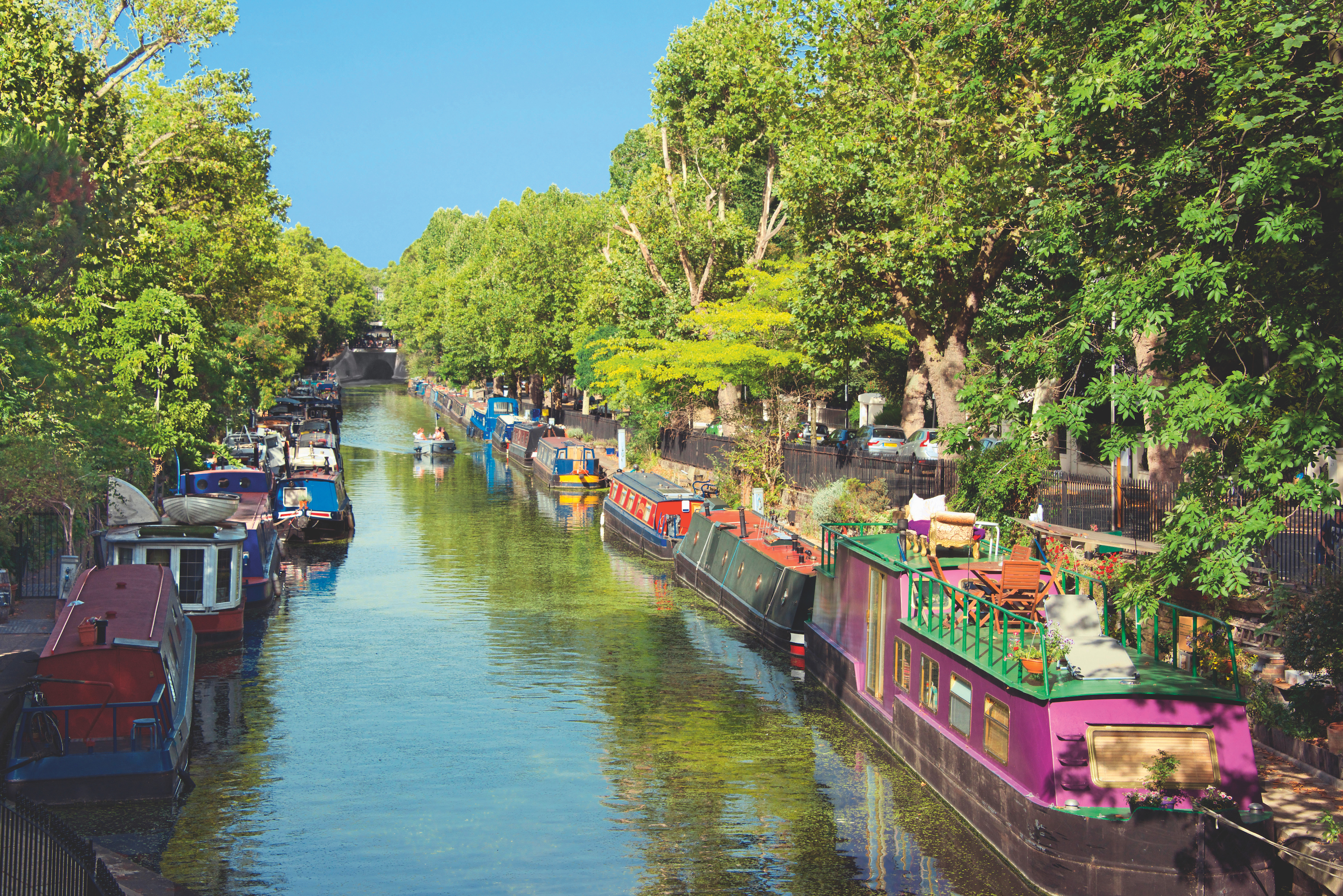
How Maida Vale turned from boudoir village to one of London's most vibrant neighbourhoods
Maida Vale took its name from a small Italian town and an even smaller pub, so it’s the perfect place
Carla must be the only Italian that finds the English weather more congenial than her native country’s sunshine. An antique herself, she became Country Life’s Arts & Antiques editor in 2023 having previously covered, as a freelance journalist, heritage, conservation, history and property stories, for which she won a couple of awards. Her musical taste has never evolved past Puccini and she spends most of her time immersed in any century before the 20th.

